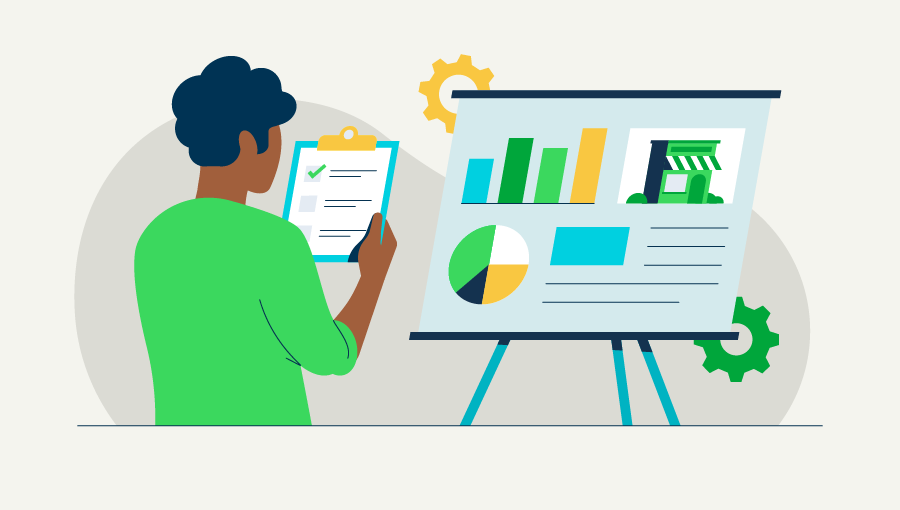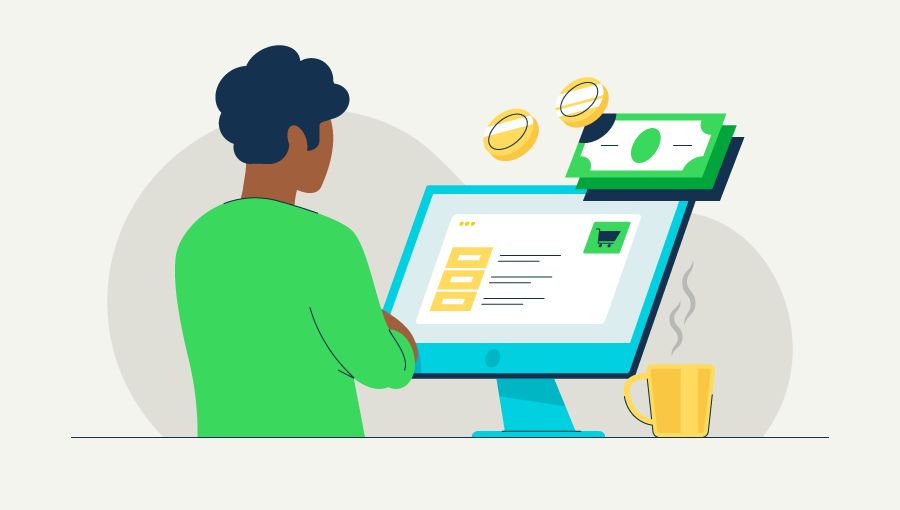Batch invoicing (previously accelerated invoicing)
Billing efficiency is essential for maintaining a healthy cash flow. Sending out invoices sooner means your business gets paid faster. Lower error rates leaves your employees with fewer headaches and more cleared accounts.
However, monthly billing can take copious amounts of precious time that could be better spent doing other, revenue-generating activities. This is why batch invoicing becomes your best strategic tool.
What is batch invoicing?
Batch invoicing is a process that allows you to generate multiple invoices from a single-entry input, as opposed to manually entering information per individual invoice.
Examples of batch invoicing involve creating one invoice for multiple clients who are billed on a monthly basis for ongoing services. It could also work for businesses that offer a set list of goods and services. You can easily add these line items to invoices without having to re-input all the data every time.
Advantages of batch invoicing
Let’s look at some of the key advantages of batch invoicing:
- Saves time: The biggest advantage related to batch invoicing is the amount of time it saves. By working with a good invoicing software that allows you to pick and choose the information you want to include, you can quickly build an invoice with just a few clicks.
- Streamlines workflow and improves client experience: Batch invoicing helps cut down on errors, allows you to work on a set schedule for creating and sending invoices, and provides clients with a templated format that is easy to read and easy to pay.
- Provides valuable insights: By building invoices for a set list of items, your accounts receivable team can review this information and gain valuable insight regarding what type of work you’re doing the most, what work is generating the most revenue, and what types of work might be underperforming.
Disadvantages of batch invoicing
While batch invoicing comes with its benefits, it has its drawbacks as well, including:
- Limited flexibility: Batch invoicing works best for clients with similar billing needs. If your projects regularly involve unique pricing, custom service bundles, or frequent scope changes, it might not be the best fit.
- Batching invoicing isn’t foolproof: While batch invoicing aims to reduce errors, it doesn’t completely eliminate them. If a single error happens in the batch template, it can affect multiple invoices and lead to incorrect billing for multiple clients.
- Higher upfront learning curve: Setting up batch invoicing processes and templates may take time and training, especially for businesses new to invoicing software.
- Might overlook personal touches: Standardized invoices don’t always allow for those little extras that make clients feel valued, like personalized notes or tailored details.
Best scenarios for batch invoicing and billing
The best way to use batch invoicing is to make your life simpler by streamlining the billing process. Think about the invoices you generate every month. How many are there where you perform some version of this process:
- Open last month’s invoice.
- Save a copy.
- Change the invoice date.
- Save and rename the new invoice.
- Send the new invoice to the client, by finding last month’s email, changing the dates and attaching the new document.
If this sounds familiar and you’re doing this for more than a handful of clients, you’re wasting time. Batch invoicing can accomplish all of the steps above with one or two clicks. If you have multiple clients who receive the same goods or services every month, every quarter, bi-annually or annually, then your business is the perfect candidate for batch invoicing.
Other scenarios made for batch invoicing:
- Clients who are billed the same or similar amounts every month.
- Clients who are similar in size and scope of service.
- Customers who work on an established billing schedule or frequency.
Streamlining your accounts receivable function can increase efficiency and close the gap between quoting a client and actually getting paid. With QuickBooks Online Advanced’s batch invoicing, you can actually create invoices 37 percent faster.*
How batch invoicing works
Streamline invoice creation, editing, and uploading by grouping similar invoices together and processing them all at once. These batch invoices cut down the amount of manual labor you’ll need to do in order to make corrections or updates.
This means invoices will also get out of accounts receivable and into the hands of your clients faster, increasing the odds of quicker payments and steadier cash flow.
For instance, say you run a landscaping business with 50 clients who all receive weekly lawn care services at a flat rate of $100. Instead of creating 50 separate invoices each week, you can use batch invoicing software to create one template for the service. Here are the steps on how you would do this process:
- Open your invoicing software and set up a template that includes the service details, pricing, and payment terms.
- Choose the 50 clients who receive the same lawn care service each week.
- The software will automatically populate client-specific information—e.g., names, addresses, and invoice numbers—using your saved records.
- Double-check the batch to ensure all details, including amounts, due dates, and client information, are correct.
- Submit all 50 invoices at once with a single click.
How batch invoicing can help cash flow
Cash flow keeps your business running, as it ensures you have the money to cover expenses, pay employees, and invest in growth. When you use a batch invoicing process, you have more control over your finances and can plan for future expenses with confidence.
Let's take our example from the previous section. Each month, you need to send invoices to 50 clients for their weekly lawn care services. If you manually create and send each invoice, it takes time and could lead to mistakes that delay payments. With batch invoicing, you can send all invoices at once, ensuring they’re on time and consistent. Ultimately, this can help lower late payments, improve cash flow, and give you more time to grow your business.














